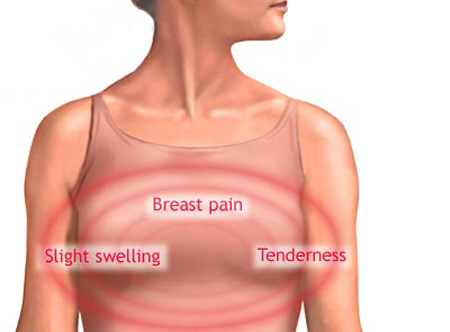Breast cancer is usually classified by where it starts, whether in the ducts of the breast, or in the lobes, which is the area of the breasts which produces the milk. While the types of cancer can usually be classified even further from the main types, there are these general ones that you should be familiar with.
Ductal Carcinoma Cancer– The ducts are the parts of the breast that supply milk to the nipple from the lobes. The cells of the ducts are underneath the nipple and the areola. Most types of breast cancer diagnosed fall into this category – nearly ninety percent in fact. The two types of Ductal Carcinoma are DCIS, which stands for Ductal Carcinoma in situ. This type of cancer stays inside of the ducts and its treatable but it is also a risk factor for recurrent breast cancer or invasive one. The other type of ductal cancer, IDE or Infiltrating Ductal Carcinoma, is an invasive cancer that has spread to other tissue in the breast that is nearby. The treatment for each of these types of ductal cancers can vary, and your doctor will determine which is the appropriate course of action .
Lobular Carcinoma Cancer- The abnormal cell start in the lobes, the areas of the breast which are responsible for producing milk. The lobes are actually deeper in the breast than the ducts, which can sometimes make this type of cancer harder to treat. Again, this type of cancer is divided Continue reading Types of Breast Cancer


